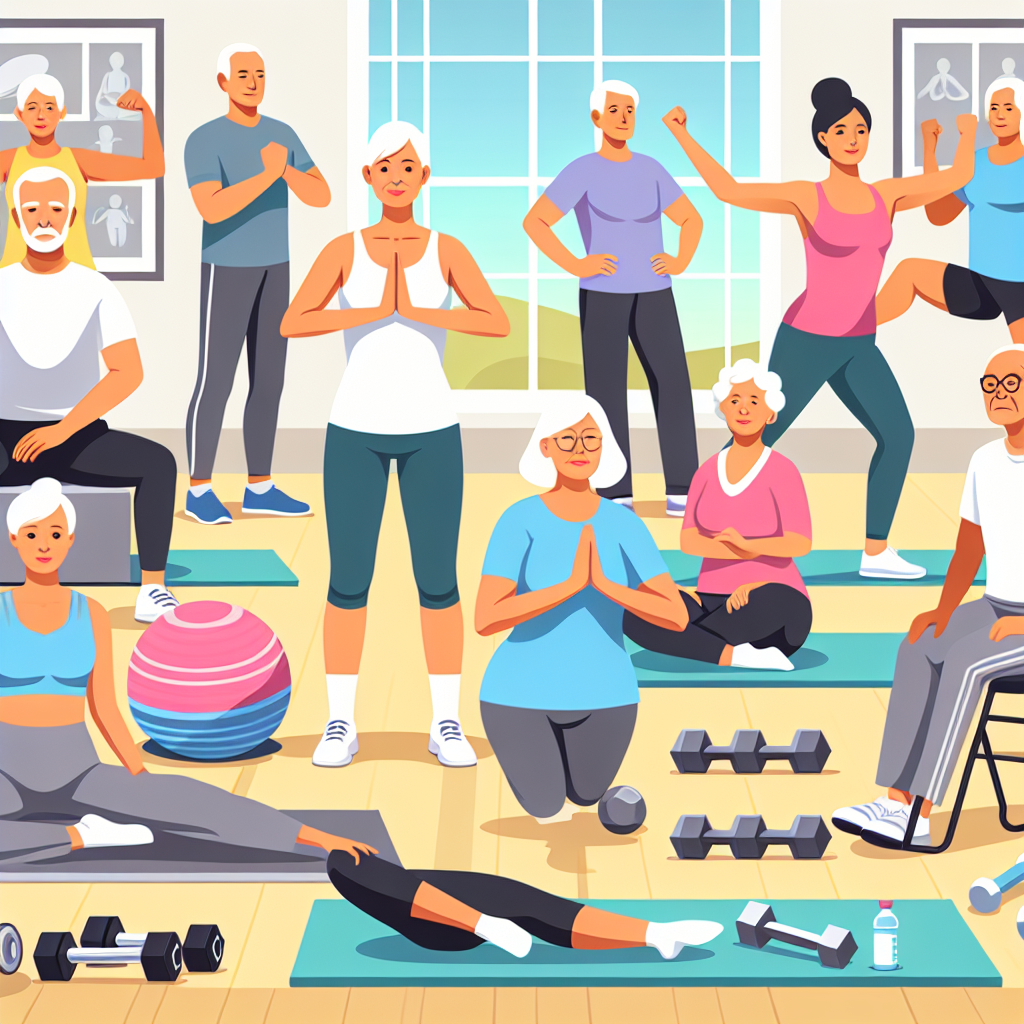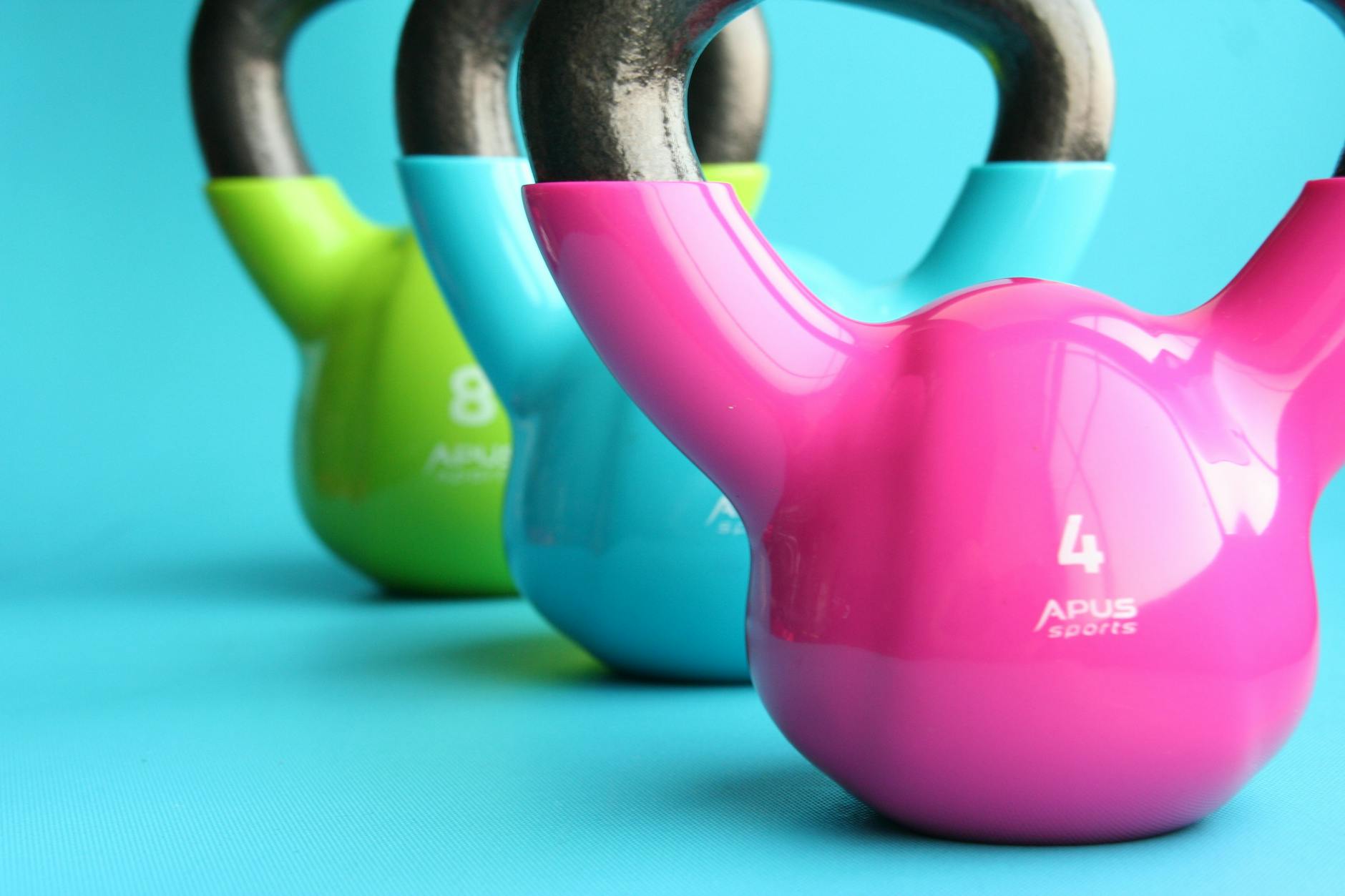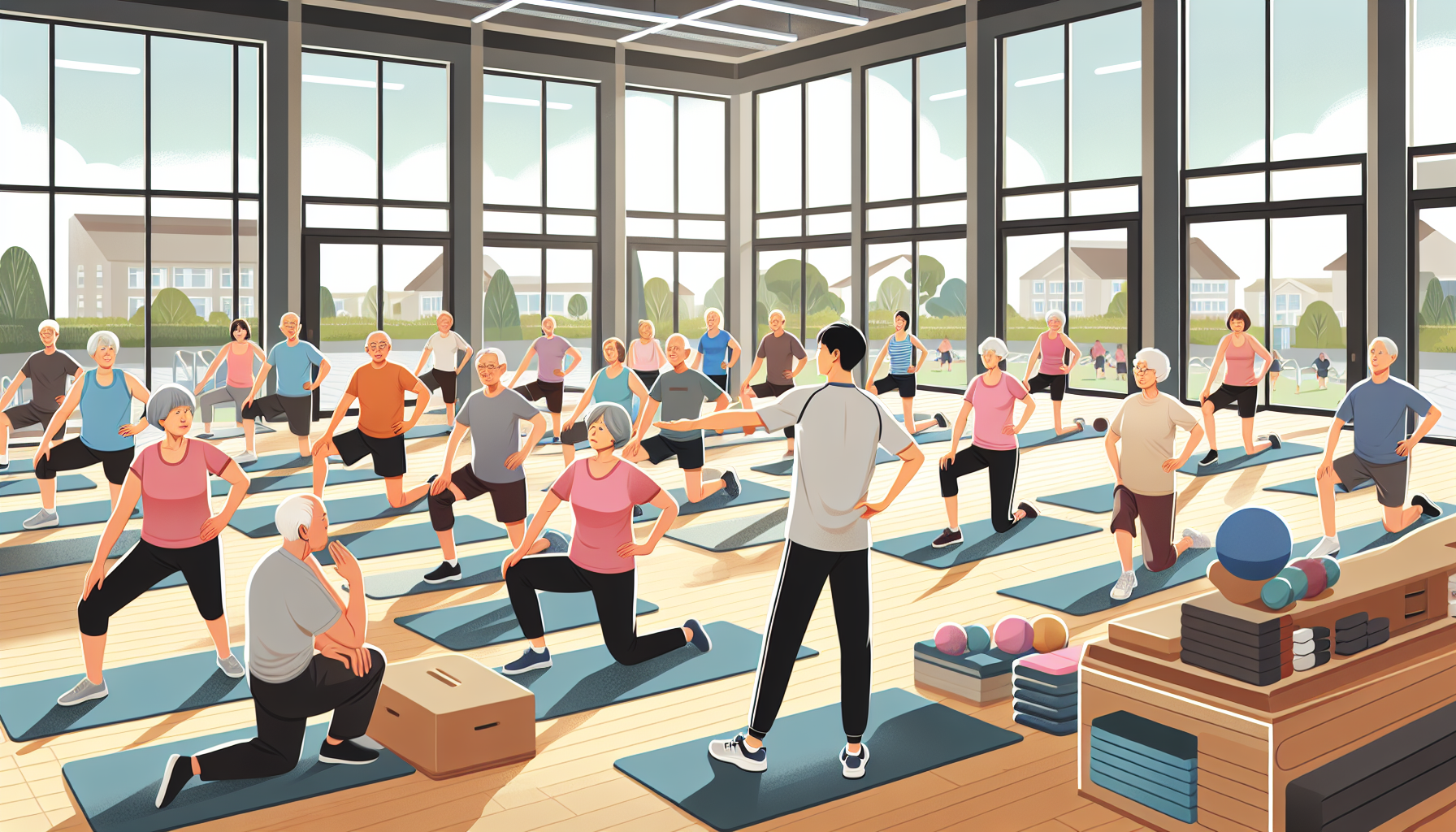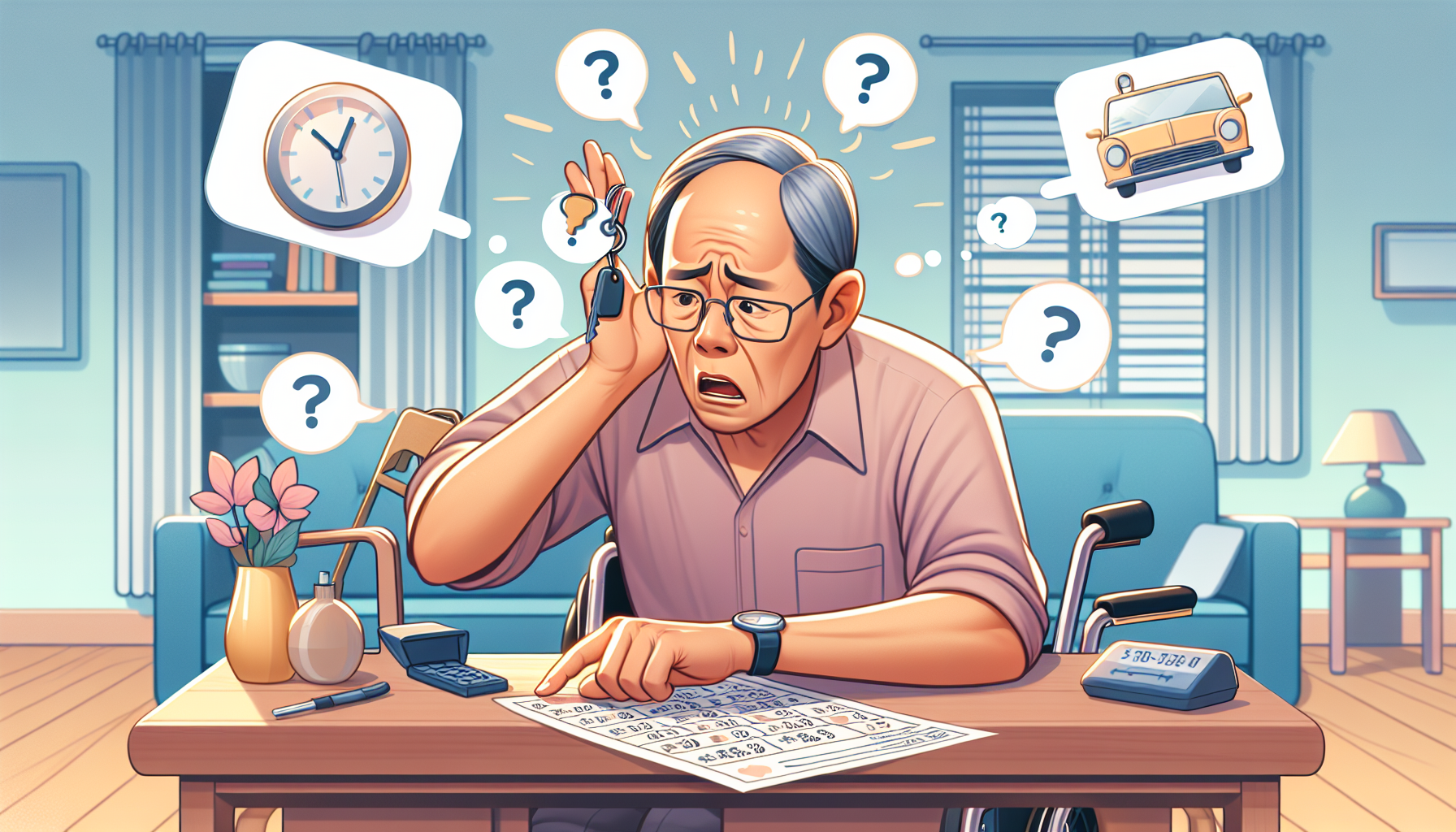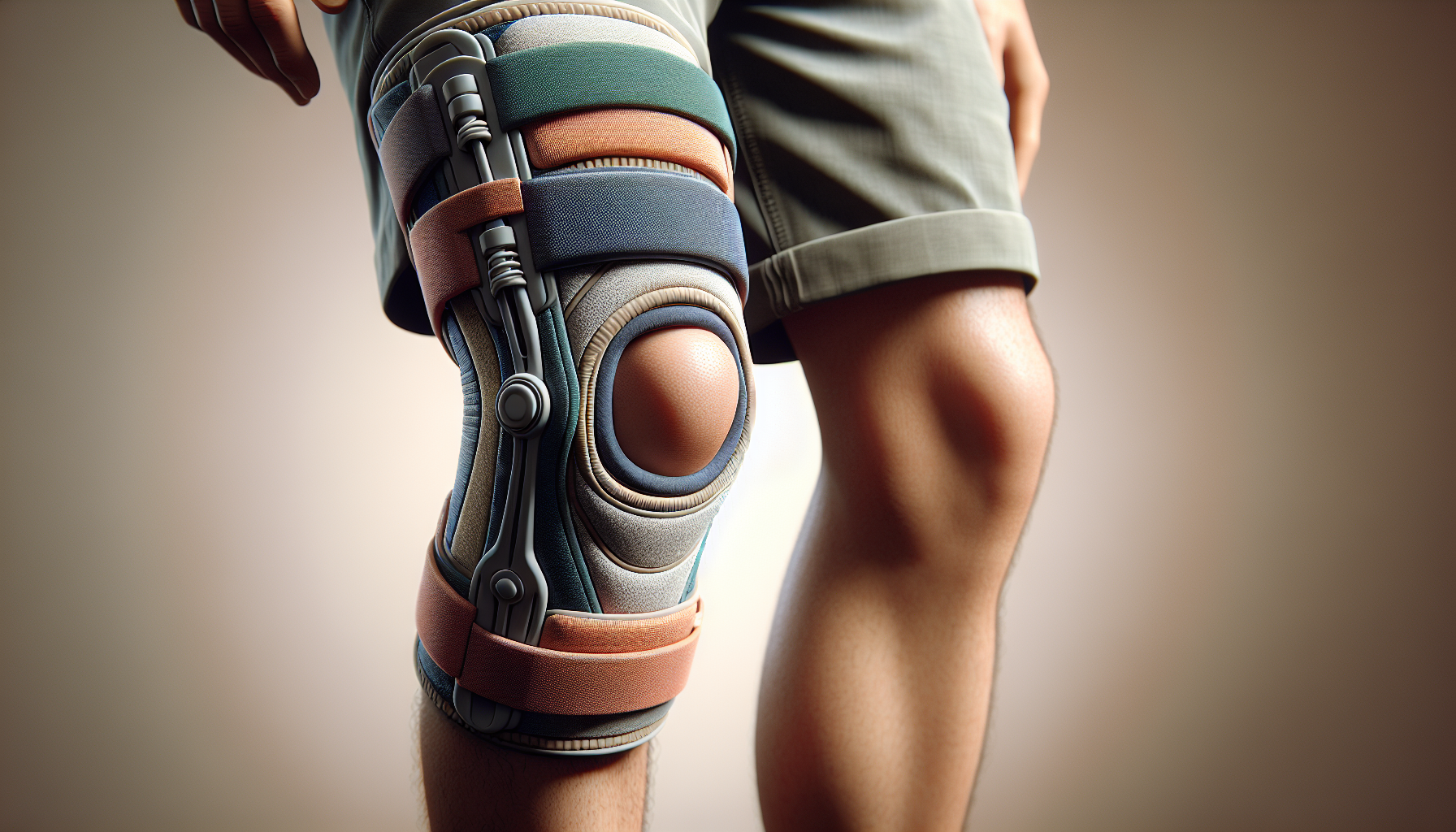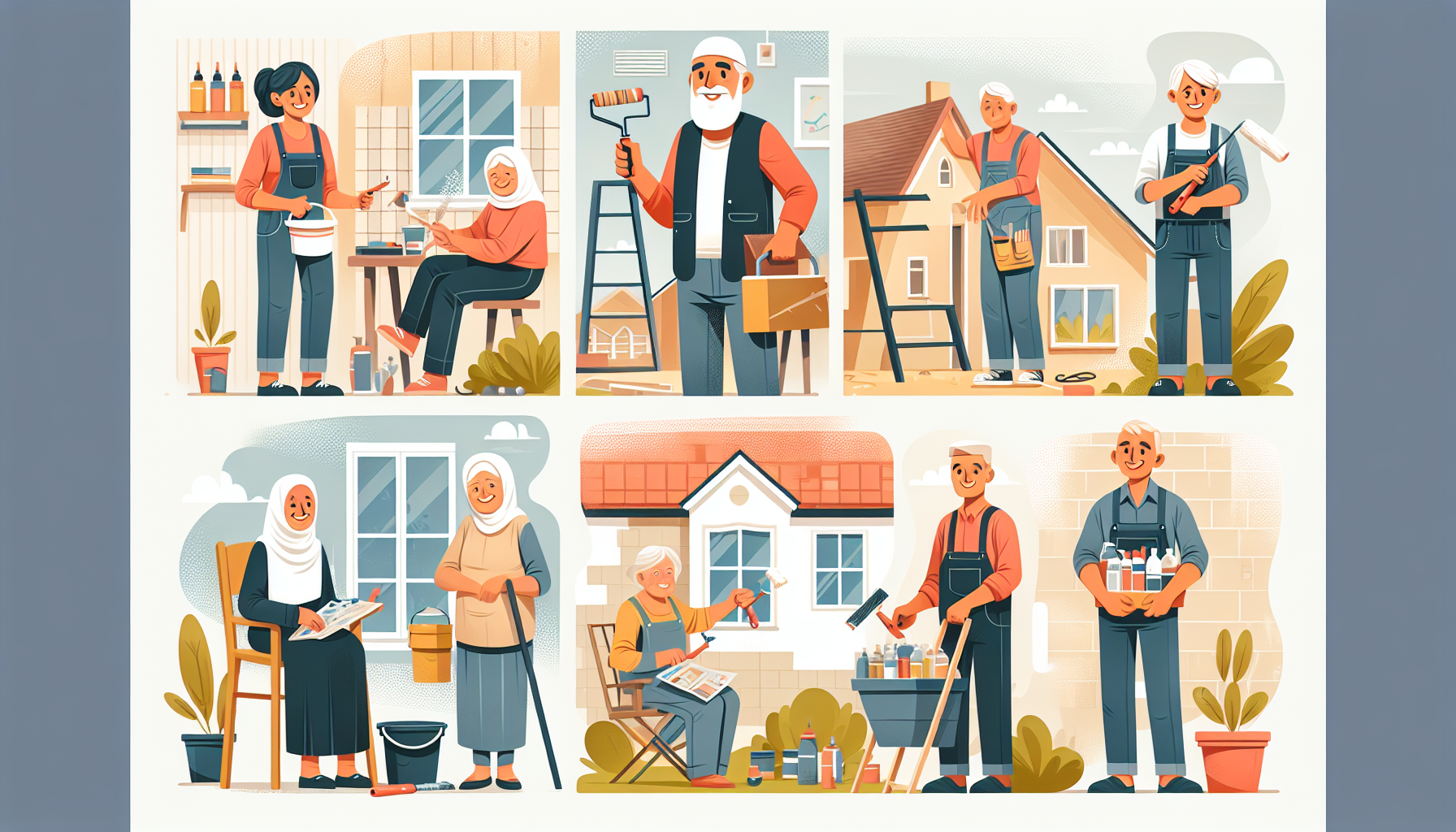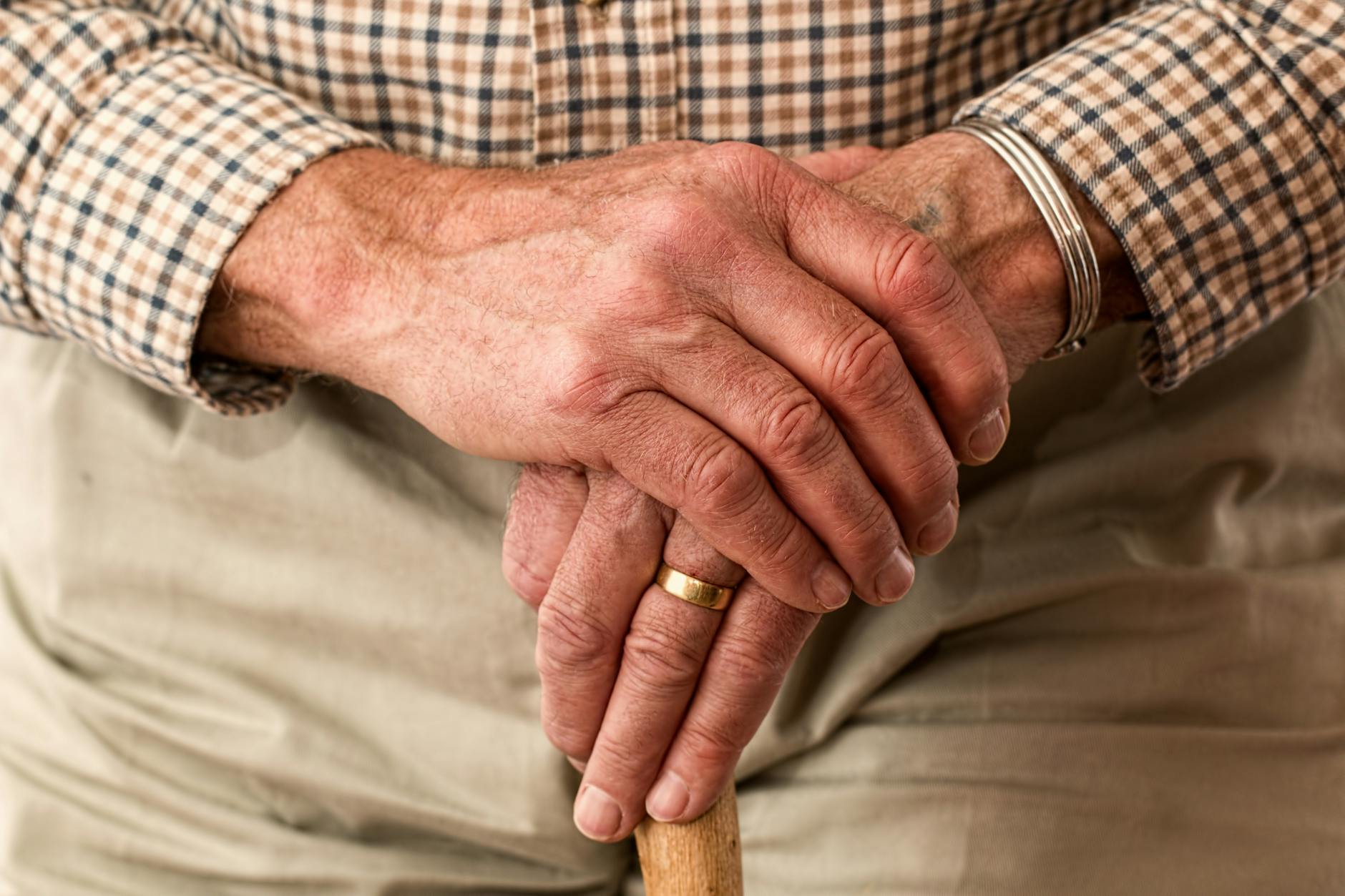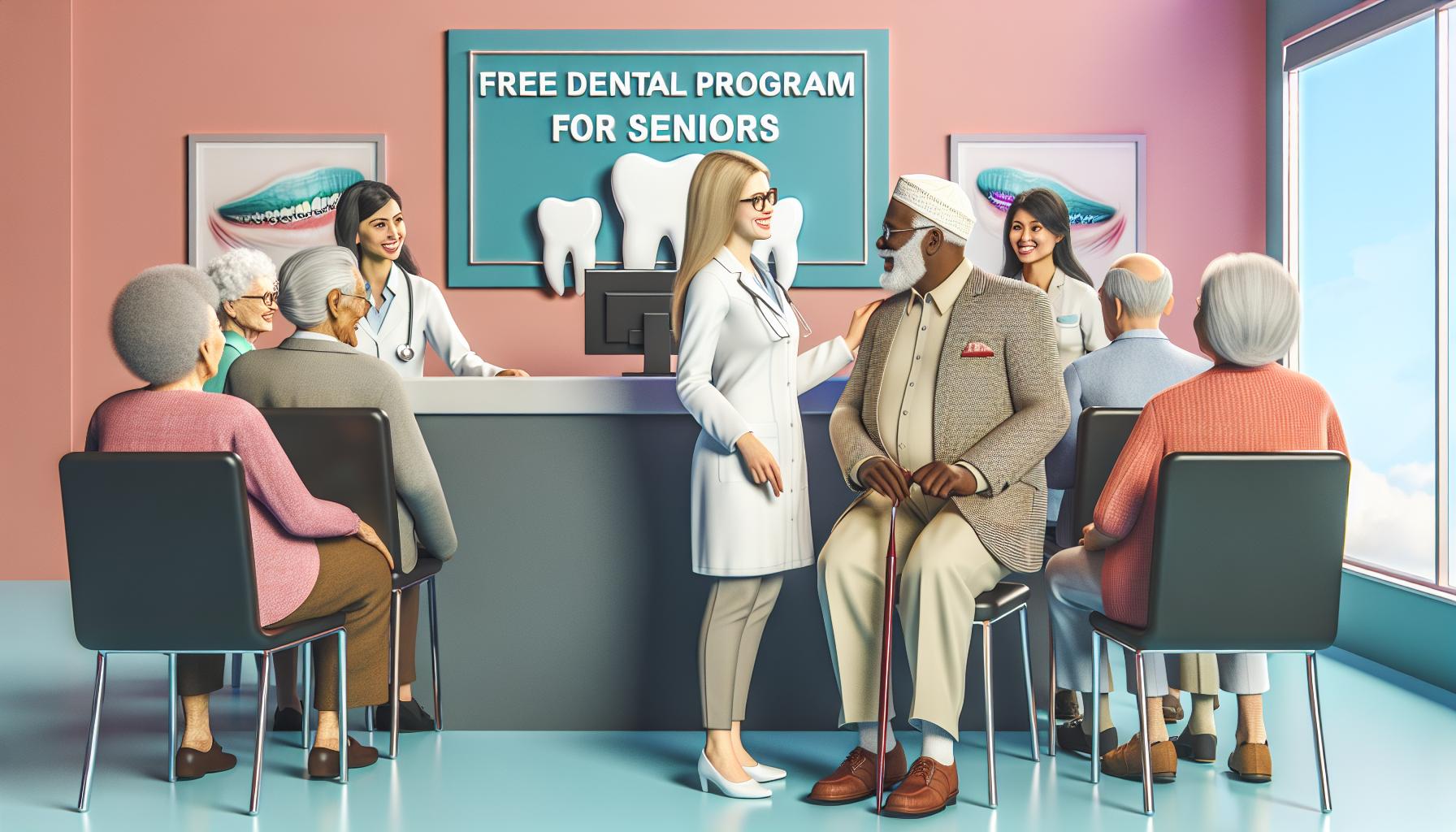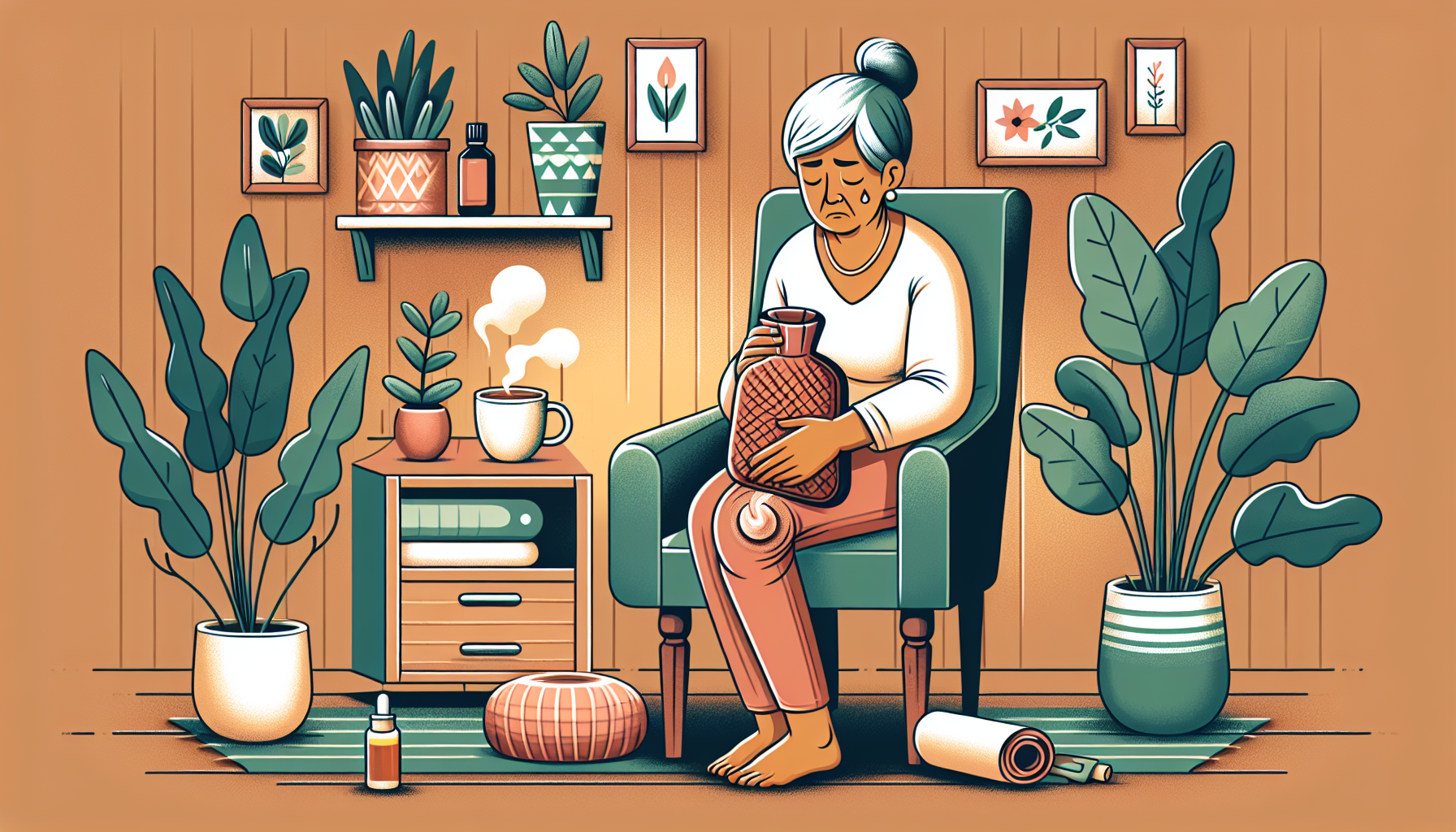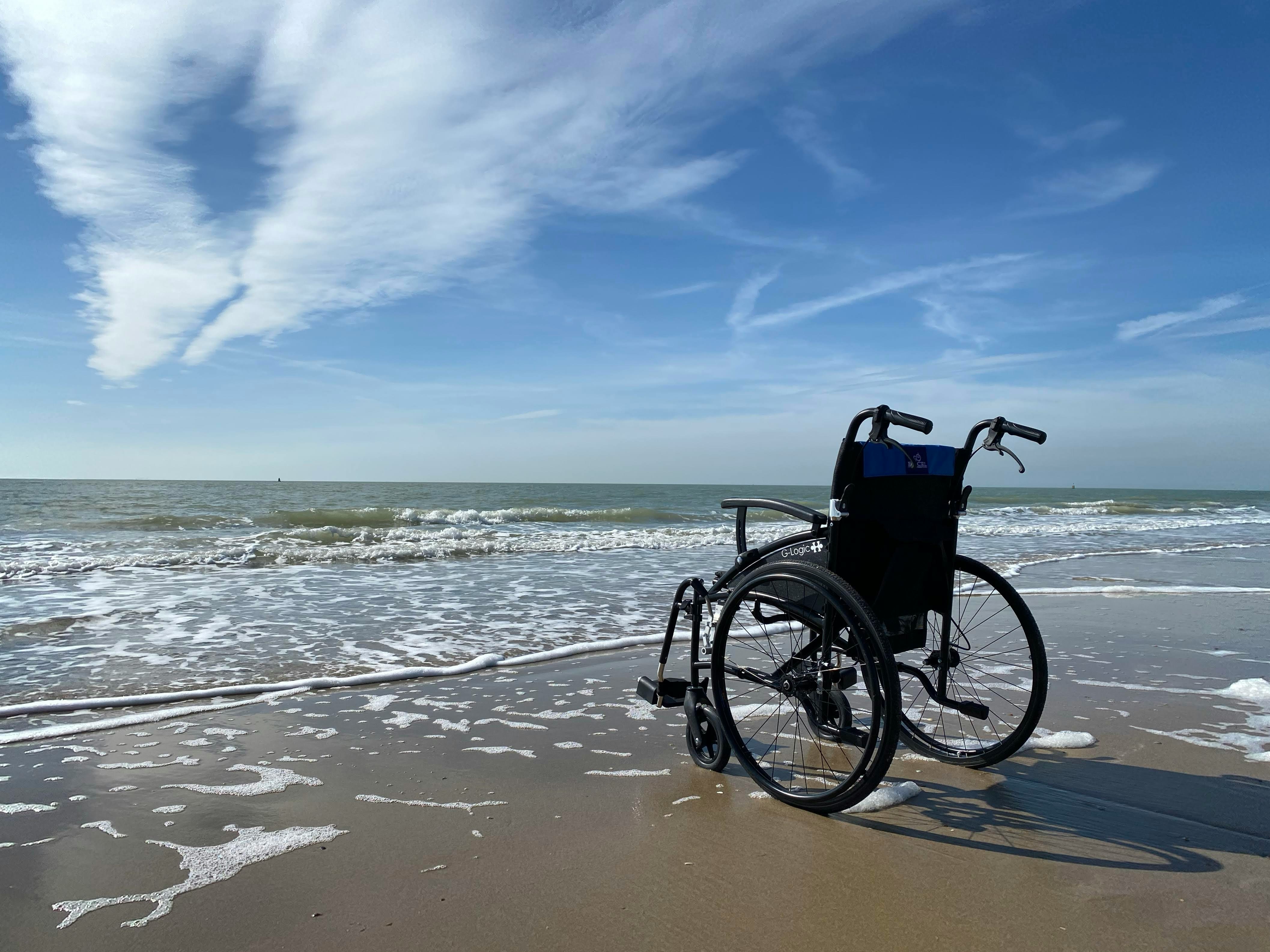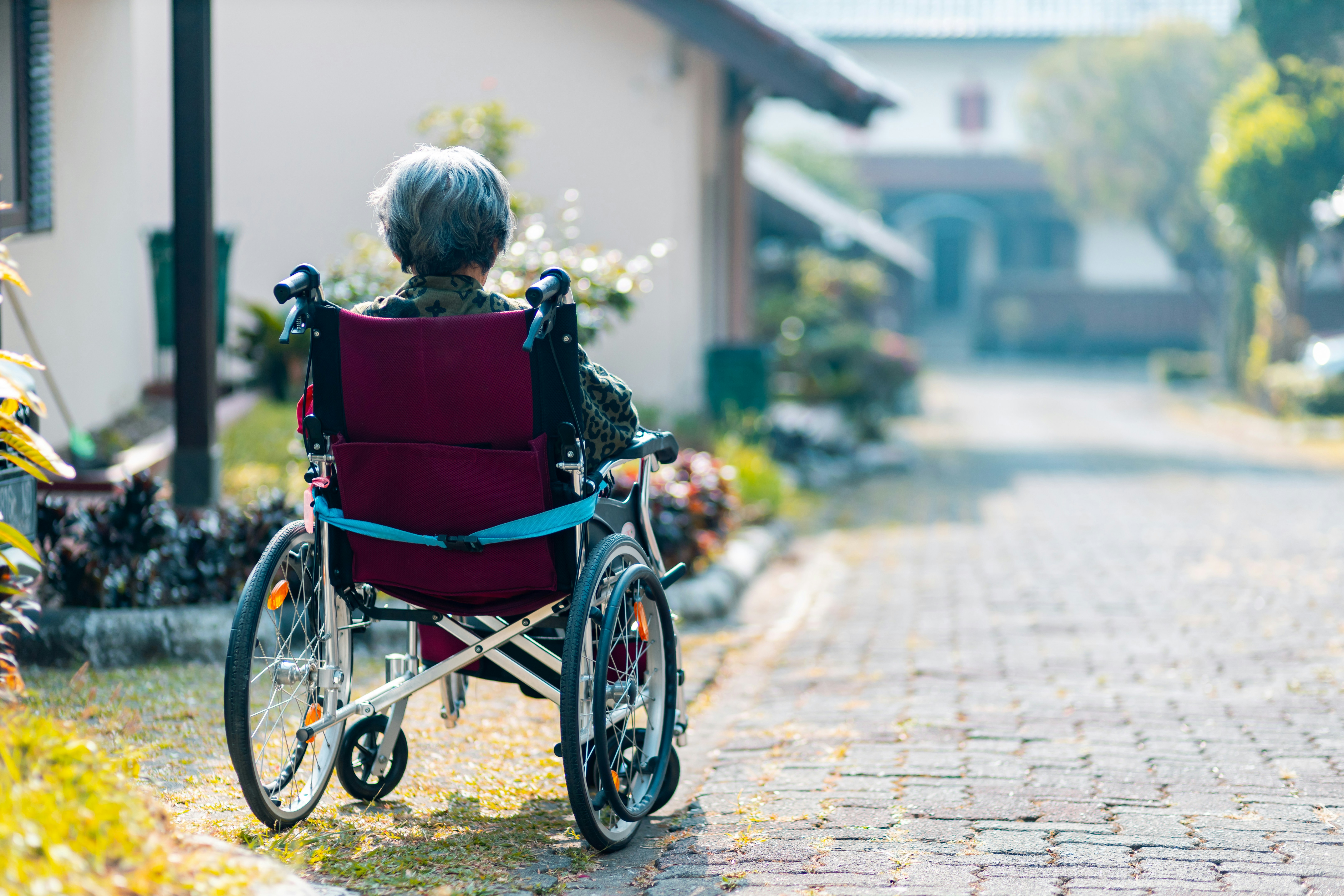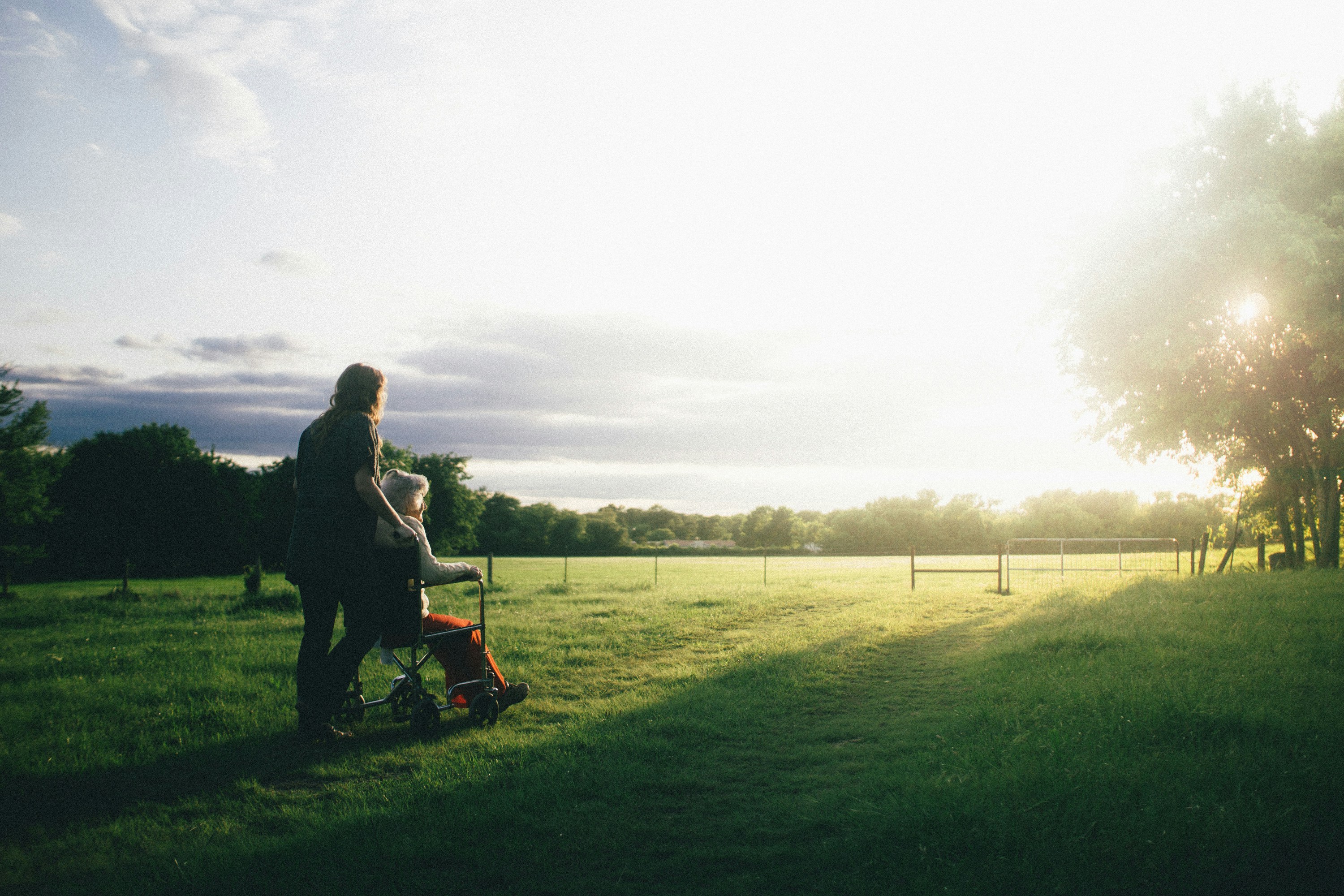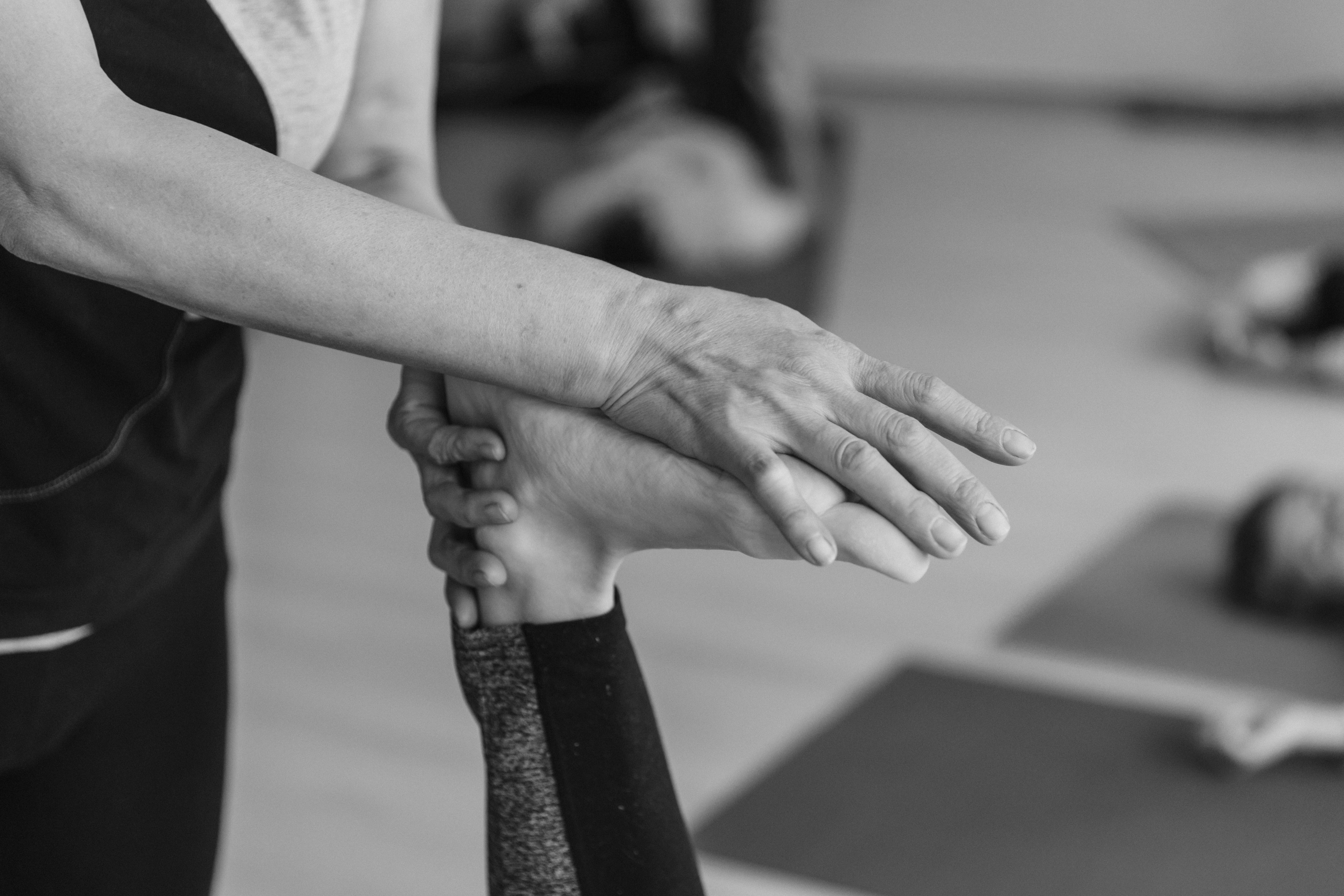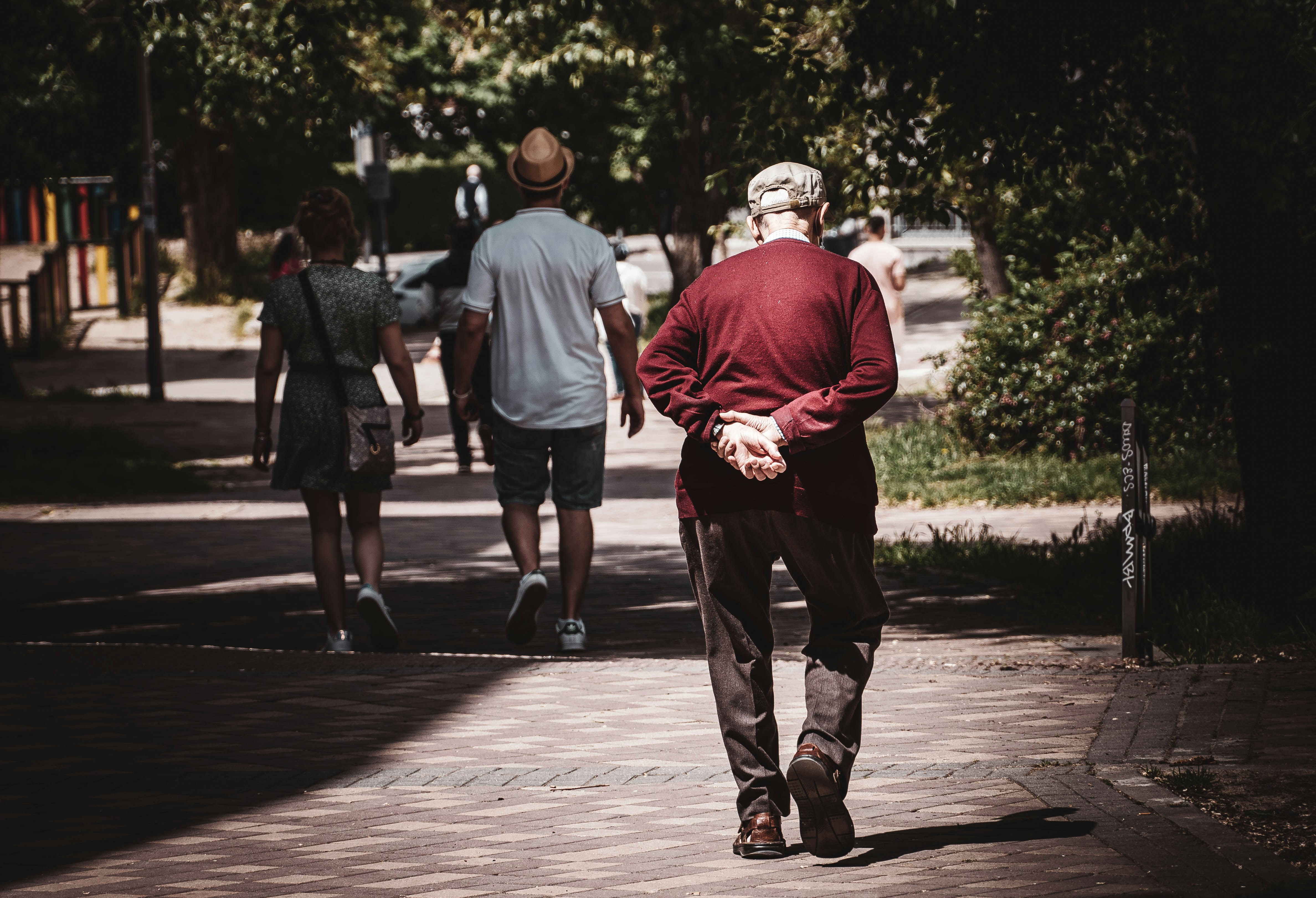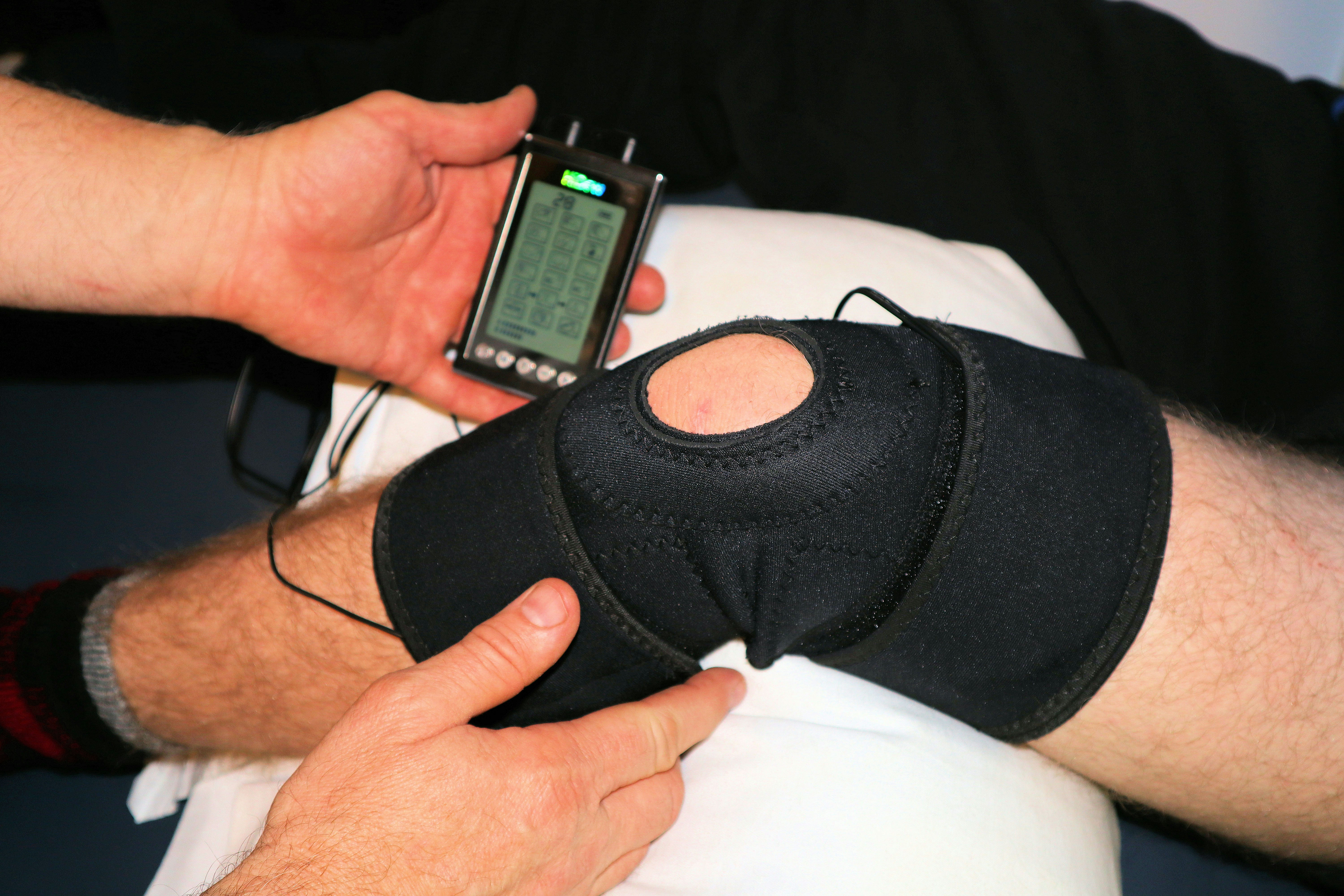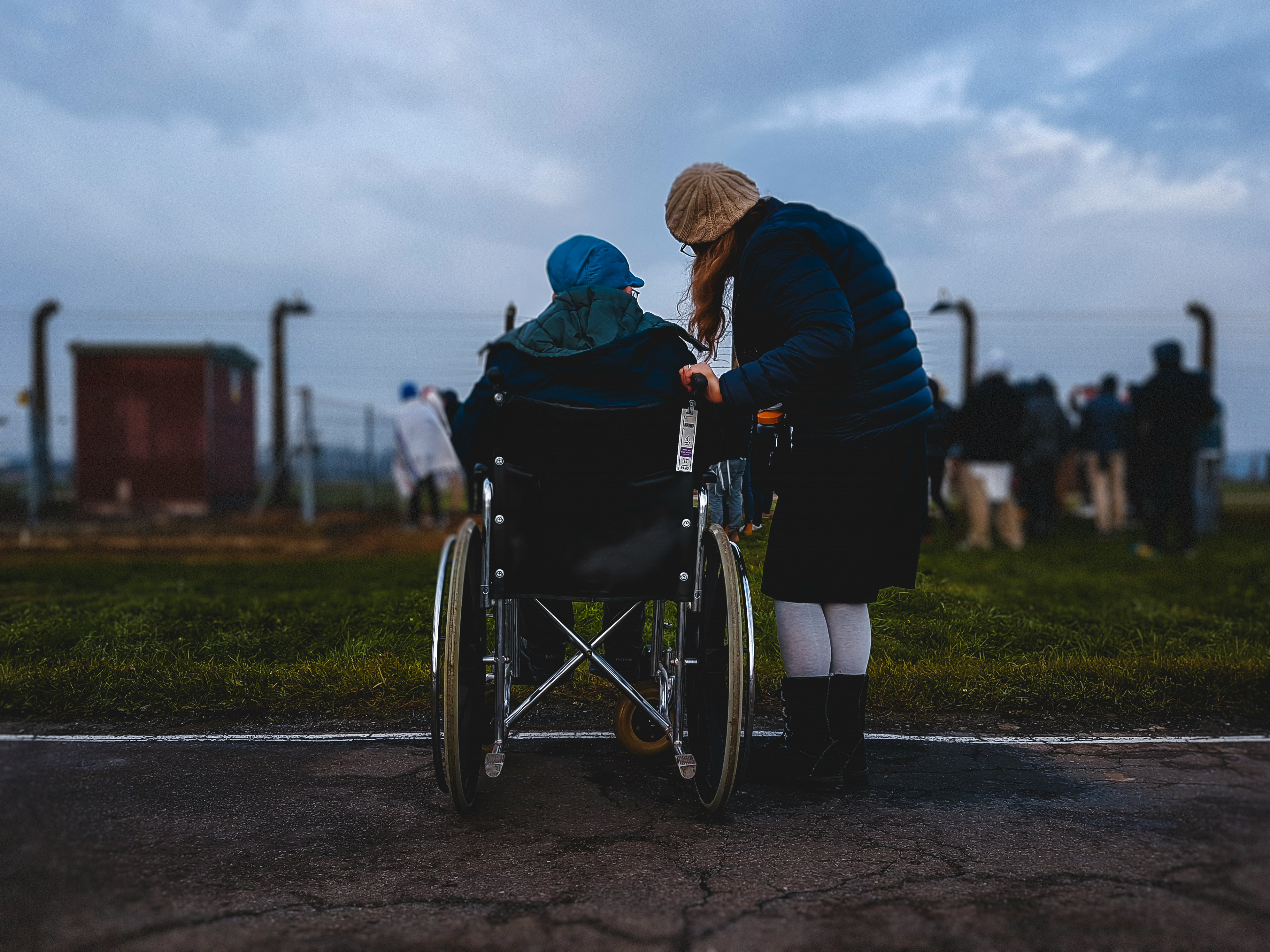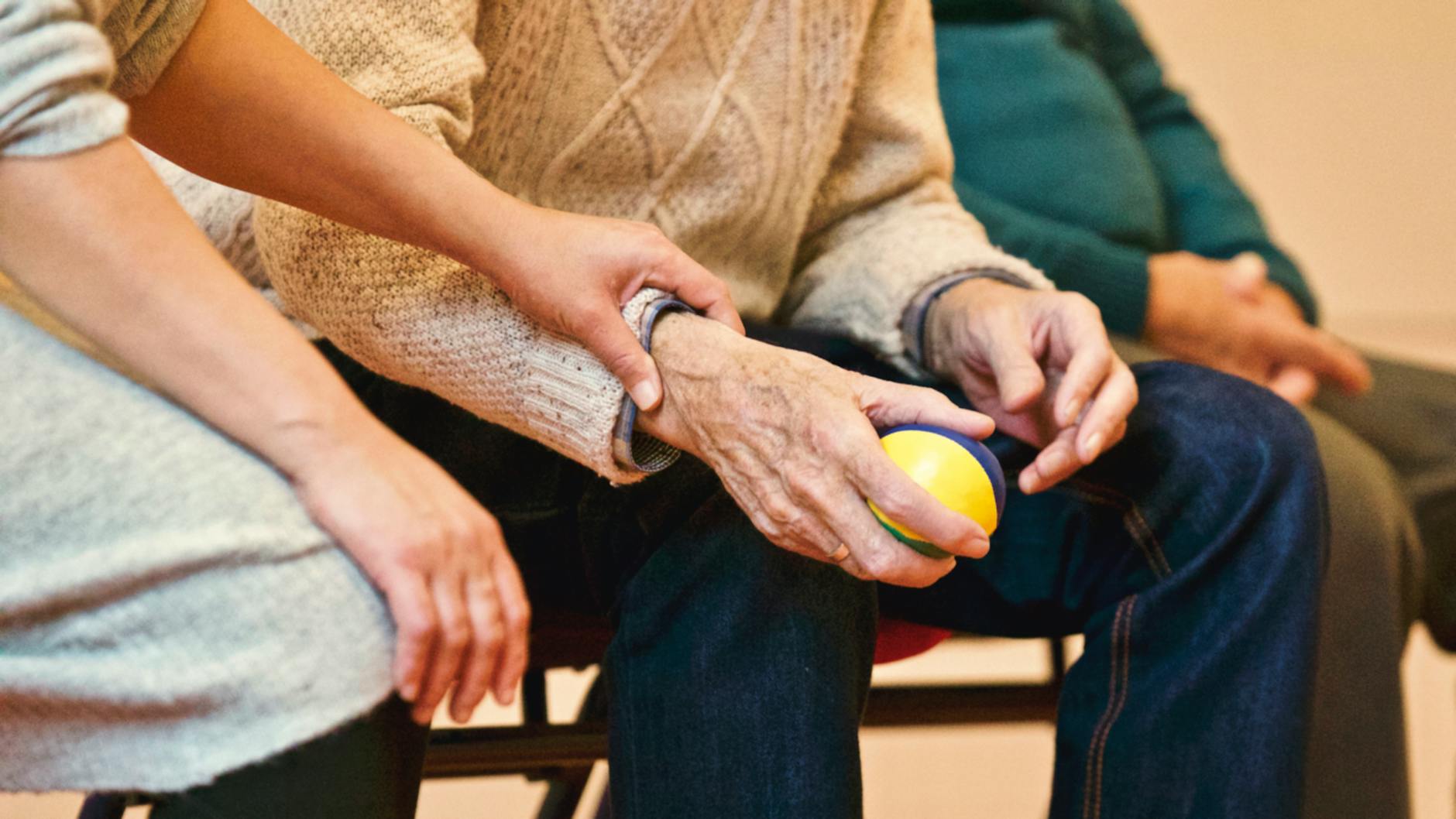Narrow Walks For Seniors
In this article, we will explore the significance of narrow walks for seniors, the potential difficulties they face, and practical solutions to enhance their mobility and independence.
.jpg)
Narrow Walks For Seniors
When it comes to narrow walking paths, accessibility becomes a significant concern, especially for seniors. It is crucial to address the unique challenges they face to ensure their safety and independence. Let's explore the importance of accessibility and some common issues encountered on narrow walking paths.
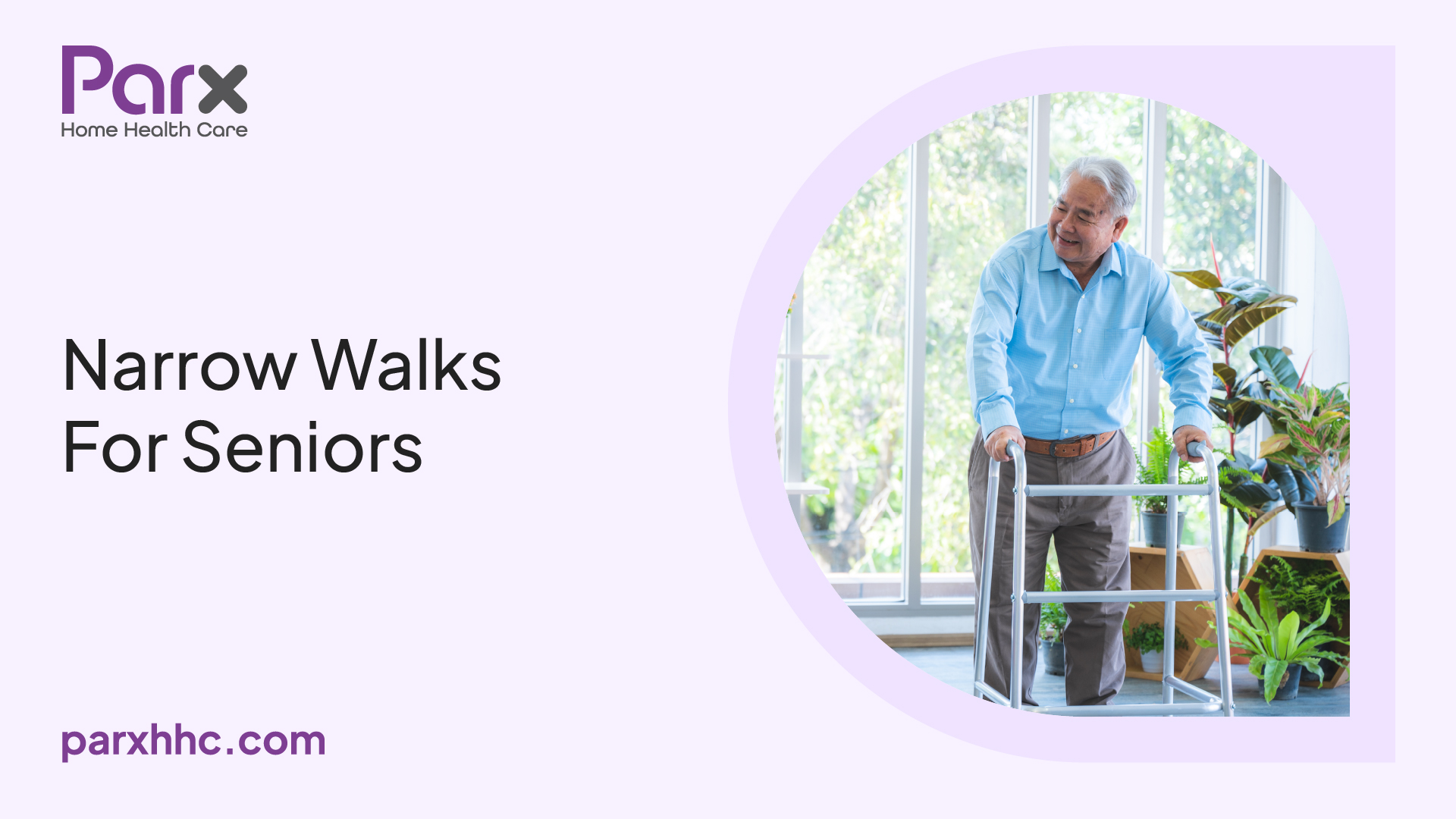
Importance of Accessibility
Ensuring accessibility on narrow walking paths is essential for the well-being and quality of life of seniors. Accessible paths enable seniors to continue enjoying outdoor activities, maintain social connections, and engage in physical exercise. By creating paths that accommodate their needs, we promote inclusivity and support their independence.
Accessible narrow walking paths not only benefit seniors but also provide a more inclusive environment for individuals with disabilities and caregivers. It is important to prioritize the design and maintenance of these paths to provide safe and comfortable experiences for everyone.
Common Issues with Narrow Walking Paths
Narrow walking paths can present various challenges for seniors. Some common issues they may encounter include:
- Limited space: The narrow width of the path can make it difficult for seniors to maneuver, especially if they require mobility aids such as walkers or wheelchairs. This limitation can lead to anxiety, discomfort, and potential accidents.
- Obstacles and clutter: Narrow paths often have obstacles such as tree roots, rocks, or debris that can pose tripping hazards. Clutter, such as overgrown vegetation or improperly placed objects, can further impede safe passage.
- Poor visibility: Inadequate lighting along narrow paths can make it challenging for seniors to navigate, particularly during low-light conditions or at night. Insufficient visibility can increase the risk of falls or other accidents.
By addressing these common issues and implementing appropriate solutions, we can create safe and accessible narrow walking paths for seniors. In the following sections, we will explore ways to enhance these paths, including clearing obstacles and clutter, improving lighting and visibility, and adding handrails or grab bars.
Remember, making narrow walking paths accessible and safe for seniors is an ongoing process that requires collaboration between caregivers, communities, and local authorities. By understanding and addressing the challenges, we can pave the way for enjoyable and fulfilling outdoor experiences for seniors.
Enhancing Narrow Walking Paths
To ensure the safety and accessibility of narrow walking paths for seniors, several enhancements can be made. By addressing common issues and implementing practical solutions, caregivers can create a more supportive environment for elderly individuals. The following are key strategies to consider:
Clearing Obstacles and Clutter
One of the primary challenges with narrow walking paths is the presence of obstacles and clutter. These can pose significant risks for seniors, increasing the likelihood of trips and falls. To enhance narrow walking paths, it is essential to clear any obstructions that impede safe passage. This includes removing debris, fallen branches, or any other potential hazards. Regular maintenance and vigilance in keeping the path clear will create a safer environment for seniors.
Improving Lighting and Visibility
Another crucial aspect of enhancing narrow walking paths for seniors is improving lighting and visibility. Insufficient lighting can make it challenging for seniors to navigate the path, especially during the evening or in dimly lit areas. Installing adequate lighting along the path, including motion-activated lights, can greatly improve visibility and reduce the risk of accidents. Moreover, trimming overhanging branches or vegetation that obstructs the path will further enhance visibility. By ensuring proper lighting and visibility, caregivers can create a safer walking environment for older adults.
Adding Handrails or Grab Bars
To provide additional support and stability, handrails or grab bars can be added to narrow walking paths. These assistive devices offer something to hold onto while walking, helping seniors maintain their balance and reducing the risk of falls. Handrails or grab bars should be placed strategically along the path, particularly in areas with tight turns or uneven surfaces. By installing these supportive features, caregivers can enhance the safety and confidence of seniors while navigating narrow walking paths.
By addressing the challenges of narrow walking paths and implementing these enhancements, caregivers can create a safer and more accessible environment for seniors. Clearing obstacles and clutter, improving lighting and visibility, and adding handrails or grab bars are practical solutions that promote the well-being of elderly individuals. These improvements contribute to a greater sense of independence and mobility, allowing seniors to enjoy the benefits of outdoor walks with confidence.
Creating Safe and Supportive Surfaces
For seniors navigating narrow walking paths, it is crucial to ensure that the surfaces they walk on are safe and supportive. This can help prevent accidents and provide a more comfortable experience. Here are some key considerations for creating safe and supportive surfaces on narrow walking paths for seniors:
Repairing Uneven or Cracked Surfaces
One of the main hazards on narrow walking paths is uneven or cracked surfaces. These can pose a tripping or stumbling risk for seniors, leading to falls and injuries. Regular inspections of the paths should be conducted to identify any uneven or cracked areas. Once identified, repairs should be promptly made to restore the surface to a safe condition. This may involve filling in cracks, leveling uneven areas, or resurfacing the path if necessary.
Installing Non-Slip Flooring or Mats
To enhance traction and reduce the risk of slips and falls, it is beneficial to install non-slip flooring or mats on narrow walking paths. These surfaces provide additional grip, especially in areas where the path may become slippery due to rain, snow, or other environmental factors. Non-slip flooring or mats can be made of various materials, such as rubber or textured materials, that offer increased traction for seniors. Regular maintenance and cleaning of these surfaces are important to ensure their effectiveness.
Considering the Use of Ramps
When encountering changes in elevation or steps along narrow walking paths, the use of ramps can greatly improve accessibility for seniors. Ramps provide a smooth transition between different levels, eliminating the need to navigate stairs or uneven surfaces. Ramps should be designed with appropriate slope and width to accommodate mobility aids, such as walkers or wheelchairs. It is important to follow local accessibility guidelines and regulations when constructing ramps to ensure they meet safety standards.
By addressing these considerations and creating safe and supportive surfaces, narrow walking paths can become more accessible and secure for seniors. Repairing uneven or cracked surfaces, installing non-slip flooring or mats, and considering the use of ramps are essential steps in enhancing the safety and functionality of these paths for older adults.
Navigating Tight Turns and Corners
For seniors navigating narrow walking paths, tight turns and corners can pose significant challenges. These areas require special attention to ensure the safety and accessibility of seniors. Here are some strategies for enhancing narrow walking paths and making turns easier for seniors:
Widening Pathways
One effective approach to improving the maneuverability of seniors in narrow walking paths is to widen the pathways. By expanding the width of the path, there is more space for seniors to comfortably navigate turns and corners. This can be achieved by removing unnecessary obstacles, such as overgrown vegetation or poorly placed structures. Widening pathways not only enhances accessibility but also provides a sense of comfort and freedom for seniors.
Using Mirrors for Improved Visibility
Mirrors strategically placed at tight turns and corners can greatly enhance visibility for seniors. By providing a view of what lies ahead, mirrors can help seniors anticipate potential obstacles or oncoming traffic. This increased awareness allows seniors to navigate turns more confidently and safely. Mirrors can be installed at appropriate angles to ensure maximum visibility and coverage.
Implementing Turn Assistive Devices
Turn assistive devices are specifically designed to support seniors in making turns and corners. These devices provide stability and balance during the turning process, reducing the risk of falls or injuries. Some examples of turn assistive devices include grab bars, handrails, or even specialized turning aids that can be installed at the corners of narrow walking paths. These devices offer physical support and promote independence for seniors as they navigate challenging turns.
By implementing these strategies, caregivers and community planners can create safer and more accessible environments for seniors. It is important to consider the unique needs of seniors when designing and maintaining narrow walking paths.
Remember, enhancing narrow walking paths goes beyond physical modifications - it is also essential to foster a sense of inclusivity and ensure that seniors feel comfortable and confident while navigating these spaces.
Enhancing Safety Measures
To ensure the safety and comfort of seniors navigating narrow walking paths, it is essential to implement various safety measures. These measures can greatly improve the overall accessibility and user experience. Some of the key safety measures to consider include installing proper signage, adding seating areas and rest stops, and providing accessible emergency call systems.
Installing Proper Signage
Clear and visible signage plays a crucial role in guiding seniors along narrow walking paths. Signage should include clear directions, warnings about potential hazards, and information about nearby facilities. By providing proper signage, caregivers and seniors can navigate the paths with ease and confidence.
Adding Seating Areas and Rest Stops
Walking along narrow paths can be physically demanding for seniors. Adding seating areas and rest stops at strategic locations can provide much-needed respite and encourage seniors to take breaks when necessary. These designated areas can be equipped with benches or chairs where seniors can sit and rest comfortably. Rest stops may also include shade or shelter to protect seniors from the elements while they regain their energy.
Providing Accessible Emergency Call Systems
In case of emergencies or accidents, it is crucial to have accessible emergency call systems in place along narrow walking paths. These systems can include emergency call buttons or intercoms that connect directly to emergency services or caregivers. Having a reliable and easily accessible means of communication ensures that help can be summoned promptly when needed, providing seniors with an added sense of security.
By implementing these safety measures, caregivers can enhance the overall safety and comfort of seniors navigating narrow walking paths. Proper signage helps in providing clear directions, while the presence of seating areas and rest stops allows seniors to take breaks when needed. Accessible emergency call systems provide peace of mind, ensuring that help is readily available in case of an emergency. These safety measures contribute to making narrow walking paths more suitable and accessible for seniors.
Ensuring Proper Mobility
When it comes to navigating narrow paths, proper mobility is essential for the safety of the elderly. This section focuses on two key aspects of maintaining mobility on narrow paths: assistive devices for balance and stability and choosing the right footwear.
Assistive Devices for Balance and Stability
For seniors who may experience balance and stability issues, using assistive devices can greatly enhance their safety while walking on narrow paths. These devices provide extra support and help maintain balance, reducing the risk of falls.
Some common assistive devices that can be beneficial include:
- Canes: Canes provide stability and support, particularly for those with mild balance issues. There are different types of canes available, such as single-point canes, quad canes, and offset canes. It's important to choose the right type of cane based on the user's individual needs and preferences.
- Walking sticks: Walking sticks, also known as hiking poles, can provide additional stability and balance support. They are especially useful for navigating uneven terrain or when walking on narrow paths with varying surfaces.
- Walkers: Walkers are ideal for individuals who require more substantial support. They offer stability and can be equipped with wheels or glides for easier movement on narrow paths. Walkers with a wider base provide increased stability, but it's important to ensure they can fit through narrow spaces.
- Rollators: Rollators are walkers with wheels, allowing for smoother movement and increased mobility on narrow paths. They often come with a built-in seat and storage compartment, providing the user with a resting place and a convenient way to carry personal items.
It's crucial to consult with a healthcare professional or physical therapist to determine the most suitable assistive device for an individual's specific needs. Additionally, proper training and guidance on the correct use of these devices can make a significant difference in enhancing mobility and safety.
Choosing the Right Footwear
Selecting appropriate footwear is another important factor in ensuring proper mobility on narrow paths. The right shoes can provide stability, comfort, and grip, reducing the risk of slips and falls.
When choosing footwear for seniors walking on narrow paths, consider the following:
- Support and stability: Look for shoes with good arch support and a firm sole that can help maintain balance and stability. Shoes with ankle support can also be beneficial, especially for individuals with weak ankles.
- Grip and traction: Opt for shoes with slip-resistant soles to improve traction on various surfaces. This is particularly important when navigating narrow paths that might be slippery or uneven.
- Comfort and fit: Ensure the shoes fit well and provide ample cushioning to minimize discomfort and pressure points. Shoes with adjustable closures, such as Velcro straps or laces, allow for a customized fit.
- Appropriate for the activity: Consider the specific needs of the individual and the environment in which they will be walking. For instance, if walking on a nature trail with uneven terrain, choose shoes designed for hiking or trail walking.
By selecting the right assistive devices and footwear, caregivers can help the elderly maintain their mobility and navigate narrow paths with confidence. Remember to regularly check the condition of assistive devices and replace worn-out footwear to ensure continued safety.
Tips for Safe Walking on Narrow Paths
Walking on narrow paths can pose challenges for the elderly, but with some helpful tips and techniques, it is possible to navigate them safely. Here are two important tips to keep in mind: taking small steps and moving slowly, and using handrails and supportive structures.
Taking Small Steps and Moving Slowly
When walking on narrow paths, it's essential for seniors to take small steps and move at a slower pace. This allows for better balance and stability, reducing the risk of tripping or losing footing. By taking smaller steps, seniors can maintain better control over their movements and adapt to the narrow space.
Encourage the elderly to focus on their surroundings and take their time when navigating narrow paths. Rushing can increase the chances of accidents or falls. Remind them to be mindful of any uneven surfaces or obstacles that may be present along the path. If necessary, suggest the use of a walking aid, such as a cane or walker, to provide additional support and stability.
Using Handrails and Supportive Structures
Handrails and supportive structures can be extremely helpful when walking on narrow paths. Encourage the elderly to make use of handrails whenever they are available. Handrails provide a steady grip and can assist in maintaining balance and stability while navigating the narrow path. They can be found along staircases, ramps, or even on walls adjacent to the path.
In the absence of handrails, look for other supportive structures that can be used for stability, such as walls or sturdy posts. Seniors can lightly touch or lean on these structures to help maintain their balance while walking on narrow paths. It's important to ensure that these structures are secure and reliable before relying on them for support.
To further enhance safety, consider installing additional handrails or supportive structures along narrow paths, especially in areas frequently used by seniors. By providing these aids, you can help create an environment that promotes safe walking for the elderly.
By following these tips and techniques, seniors can navigate narrow paths with greater confidence and reduced risk of accidents. Remember, it's crucial to encourage open communication and provide support to the elderly when walking on narrow paths.
Summary
The ability of seniors to navigate narrow walks and pathways is a critical factor in their overall well-being and quality of life. As the global population continues to age, it's essential to address the unique challenges they face in public spaces and at home. By implementing practical solutions, advocating for age-friendly infrastructure, and fostering community support, we can help seniors maintain their independence, mobility, and social connections, ensuring that they can enjoy their senior years to the fullest. It is a collective responsibility to create a more inclusive and accommodating environment for our aging population, one that empowers seniors to continue leading active and fulfilling lives.




